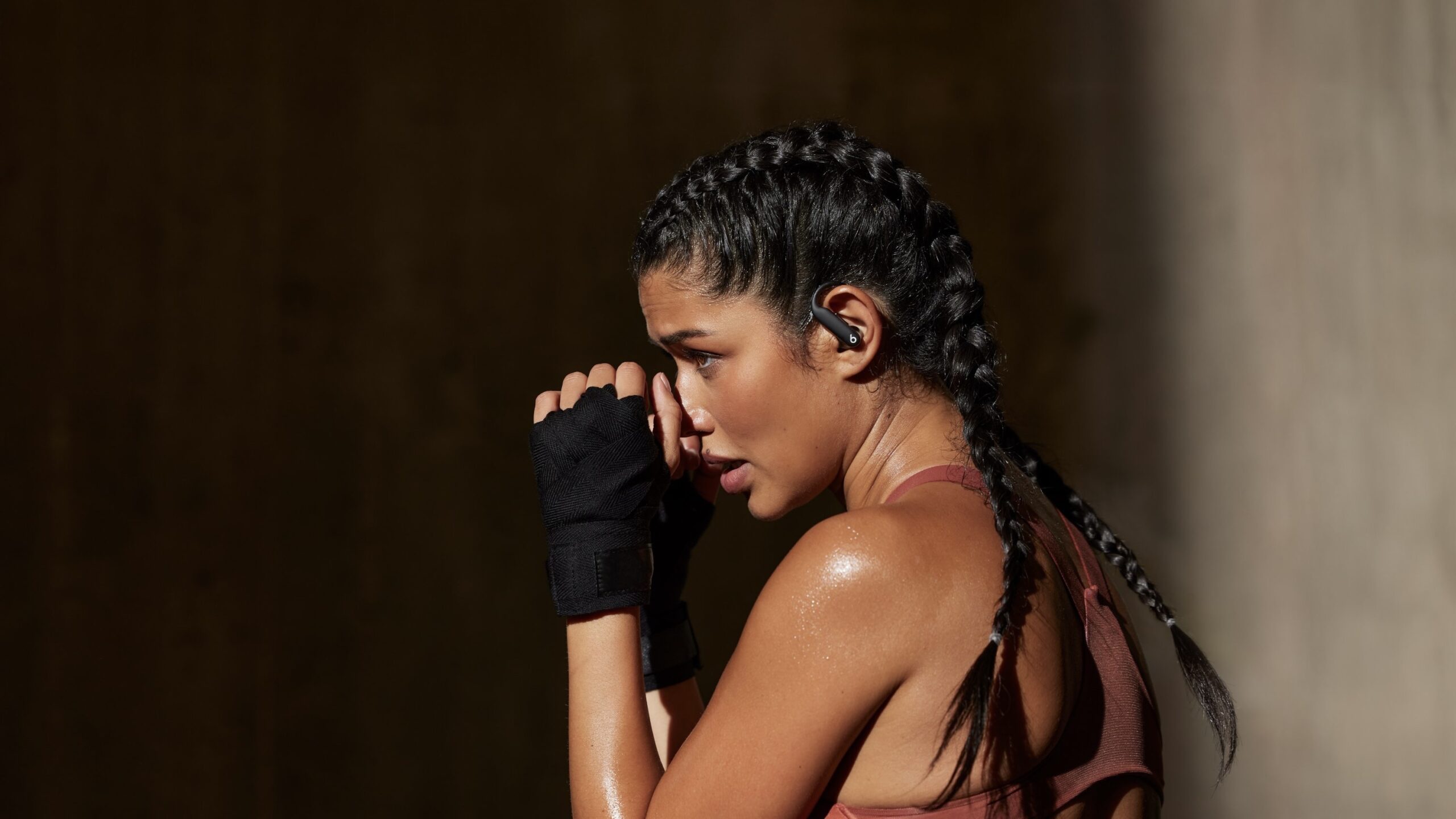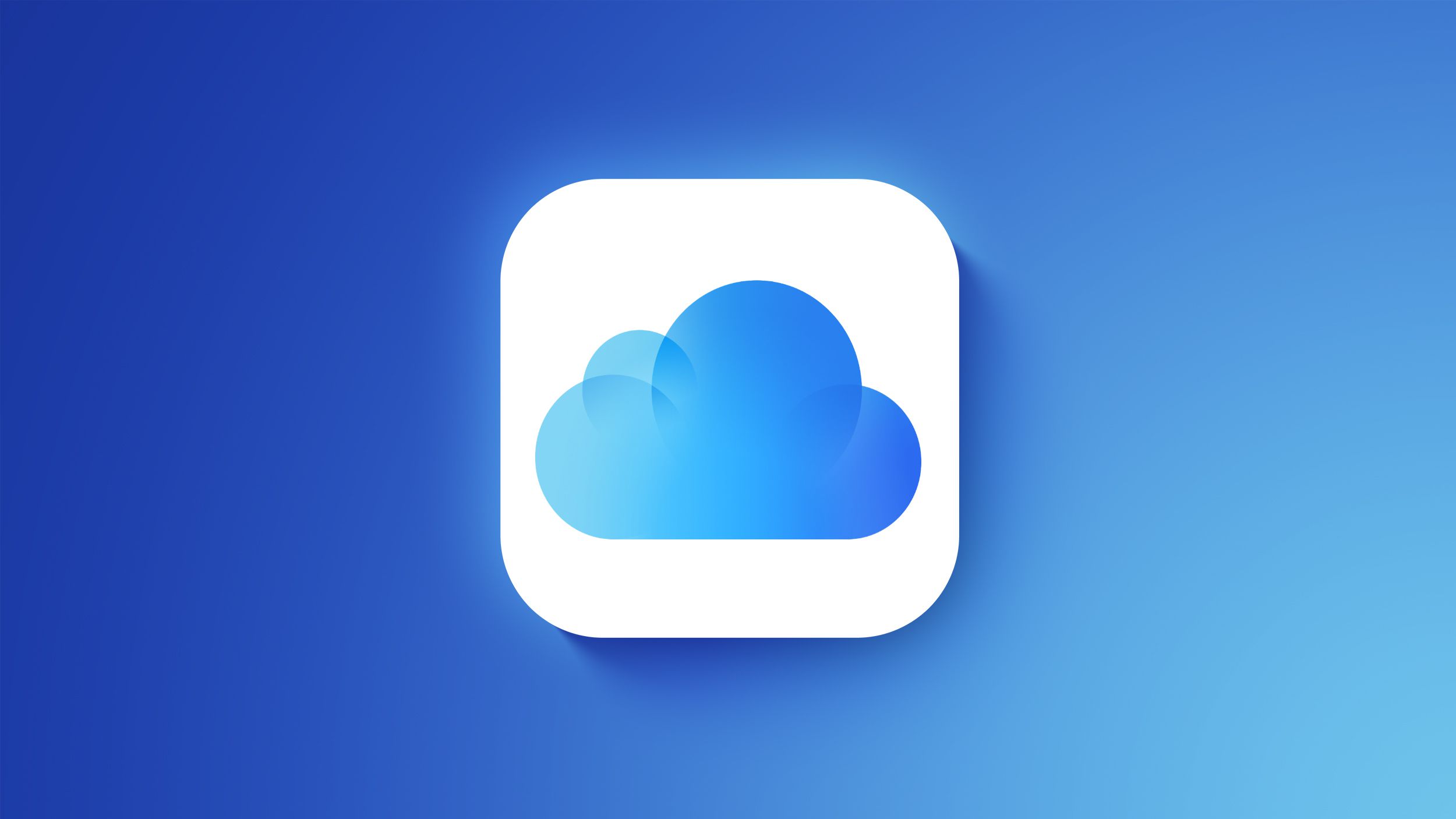Most marketers – about 79% – say their top goal for content sharing is generating leads. The challenge? Creating content that people actually want to share.
The secret to shareable content goes beyond just posting more frequently. People click the share button for content that strikes a chord with them. Retail brands are active on social media – 91% use at least two networks. But only the most compelling content reaches a wider audience. The sort of thing I love is how blog posts with graphics every 75-100 words receive double the social shares. Plus, more than 93% of marketers trust and use user-generated content.
This piece will show you proven strategies to create naturally shareable content, whether you’re an experienced content creator or just beginning your journey. You’ll learn about the psychology behind sharing, best practices for different platforms, and informed approaches to make your content more shareable.
Want to turn your content from something people scroll past into something they can’t wait to share? Let’s tuck in!
Understanding the Psychology Behind Shareable Content
People share content on social media because of deep psychological needs and motivations. Research shows that 94% of people share content because they want to help others make better decisions. This behavior shows how humanity drives people to share content.
Key Motivations That Drive Social Sharing
Status and social currency shape how people decide what to share. About 68% of people share content to help others understand who they are and what matters to them. The data also shows that 78% share information to maintain connections with people they might lose touch with.
People’s desire to connect remains strong, as 73% of users share content to find others with similar interests. The need to belong and present ourselves drives sharing behavior, especially when you have positive feedback.
Emotional Triggers That Spark Sharing Behavior
Strong emotions shape sharing decisions by a lot. Content that creates intense emotional responses gets shared twice as much compared to content that creates weak emotional reactions. Research shows that positive content has a 30% higher chance of getting shared than negative content.
The most effective emotional triggers for sharing include:
- Exhilaration (65% aided recall rate)
- Happiness and joy (51% engagement rate)
- Awe and inspiration
- Surprise and anticipation
![How to Create Content That People Actually Want to Share - - 2 How to Create Content That People Actually Want to Share - How to Create Content That People Actually Want to Share ['2025' Guide] - 1](https://bulk.ly/wp-content/uploads/2025/01/word-image-47782-2.png)
Building Trust and Credibility for Increased Shares
Trust is a vital factor in share ability. The data shows that 71% of digital content consumers say engaging content from a brand builds their trust, while the same percentage say poor-quality content reduces their trust.
Brand-published content now has more trust than traditional media sources among 36% of digital content consumers. Content must show expertise through evidence-based insights and expert points of view to build credibility. Original, authoritative content gets more shares, especially when it has practical value and gives useful insights.
Creating Content Optimized for Different Platforms
Social media platforms need different content optimization strategies to work well. You must understand each platform’s unique features to create successful content.
Platform-Specific Content Best Practices
Facebook posts with videos get higher engagement rates. The platform’s algorithm favors video content naturally. Instagram runs on visual appeal, and carousel posts boost engagement through rotating images. LinkedIn works best with professional content, especially when videos are hosted directly on the platform.
TikTok’s success comes from short-form video content. Studies show that TikTok users connect better with brands that use popular songs – about 68% remember these brands more easily. On top of that, X (formerly Twitter) users prefer quick, informative messages within 280 characters.
Adapting Content Format for Maximum Share ability
The right content format helps drive shares across platforms. Facebook posts with seven or more images bring in much more organic traffic. Instagram stories are great tools to share multiple content pieces without flooding users’ feeds.
To make visual content better:
- Keep videos under 60 seconds to maximize sharing
- Posts with graphics can reach 87% interaction rate
- Add relevant alt tags and descriptive file names to images
Timing and Frequency Optimization
The right posting time and frequency affect content performance. Midweek mornings work best – Tuesday through Thursday between 9 a.m. and 2 p.m. show the highest engagement across platforms.
Best times to post on each platform:
- Facebook: 1 PM to 4 PM on weekdays, peaks on Thursdays and Fridays
- Instagram: 10 AM to 3 PM on weekdays, best on Wednesday and Thursday
- LinkedIn: 10 AM to 12 PM on weekdays, strongest Tuesday through Thursday
- X: 9 AM to 3 PM on weekdays, Wednesday shows best results
![How to Create Content That People Actually Want to Share - - 3 How to Create Content That People Actually Want to Share - How to Create Content That People Actually Want to Share ['2025' Guide] - 2](https://bulk.ly/wp-content/uploads/2025/01/word-image-47782-3.png)
To optimize frequency, look at your recent campaign data (last 14 days) to find the connection between ad spend and conversion volume. This helps set the right frequency cap for content distribution.
Leveraging Data to Drive Content Share ability
Data analysis lies at the heart of creating shareable content. Content with relevant data gets 37% more shares than those without.
Key Metrics That Indicate Share Potential
Share metrics help us spot patterns in content performance. We tracked engagement metrics to see how audiences connect with content:
- Page views and unique visitors
- Time spent on page
- Social media engagement (likes, comments, shares)
- Bounce rates and exit rates
- Form submissions and conversions
These metrics show how content strikes a chord and its viral potential. Social listening data helps spot major trends, which led to 7.1 million content engagements within six months.
Using Analytics to Optimize Share Rate
Website analytics are a great way to get insights into audience priorities and behavior patterns. User interaction data analysis helps us learn why specific content strikes a chord with audiences. This includes pause patterns, rewind frequency, and content sharing behavior.
Google Analytics is a vital tool to track key metrics. While 75% of content marketing experts count on SEO as their most effective strategy, broader engagement patterns matter just as much. Social media engagement metrics serve as vital data points that help identify trending topics and shape content development decisions.
A/B Testing for Better Share Performance
A/B testing takes the guesswork out by showing concrete data on content performance. This quickest way determines what works best for any given asset, from headlines to entire user interfaces.
Through A/B testing, content creators can:
- Confirm the effect of new features
- Challenge assumptions with analytical insights
- Maximize existing traffic
- Increase conversion rates
![How to Create Content That People Actually Want to Share - - 4 How to Create Content That People Actually Want to Share - How to Create Content That People Actually Want to Share ['2025' Guide] - 3](https://bulk.ly/wp-content/uploads/2025/01/word-image-47782-4.jpeg)
The process tests theories based on market and customer studies. The team must identify conversion goals before launching tests. Content creators can track predetermined goals and make adjustments by monitoring key metrics through A/B testing.
Building a Shareable Content Framework
People share content that connects with them. Research shows that 49% of consumers look for original content to make their favorite brands stand out on social media.
Everything in Highly Shareable Content
The life-blood of shareable content is authenticity. Consumers rank relatability and entertainment as their top three most important traits in brand content. We noticed that raw, first-person content performs better than curated posts, showing a move toward more genuine participation.
Your content will spread more if you:
- Create original content that makes your brand unique
- Build trust through real connections
- Develop content that solves your audience’s real problems
Content Types That Get Shared Most Often
Visual content leads the way in sharing behavior. Readers find information 70% faster with color. GIFs, memes, or quizzes with images are 40 times more likely to spread on social media.
Content types that work best include:
- Listicles that provide value quickly in a well-laid-out format
- Videos that help 82% of marketers keep viewers longer
- Instagram carousels that get more engagement than single images or videos
Creating Share-Worthy Headlines
Headlines are vital since 6 out of 10 people share articles just based on their titles. Headlines between 6-8 words work best. Words like ‘exclusive,’ ‘secret,’ or ‘ultimate’ can substantially boost engagement rates.
Great headlines need to:
- Stay clear rather than clever
- Use numbers and specific details
- Show reader benefits clearly
- Test different versions
![How to Create Content That People Actually Want to Share - - 5 How to Create Content That People Actually Want to Share - How to Create Content That People Actually Want to Share ['2025' Guide] - 4](https://bulk.ly/wp-content/uploads/2025/01/word-image-47782-5.jpeg)
The best headlines mix emotion with practical value. Of course, headlines that solve problems or address pain points get exceptional results. Testing and optimizing headlines can dramatically boost how much your content spreads and engages readers.
Amplifying Content Reach Through Strategic Distribution
Content distribution plays a vital role to maximize reach and engagement in today’s digital world. Success in increasing visibility needs multiple channels and techniques working together.
Identifying and Involving Content Amplifiers
Organizations can see up to 10x increase in organic reach when employees share content. Brand channels alone don’t create the same impact as internal promoters who build authentic distribution networks.
You can achieve better amplification results through:
- Pre-selected posts for employee sharing
- Scheduled engagement activities
- Leaderboards that track participation
- Detailed analytics on reach and engagement
Strategic collaborations with influencers help increase content reach significantly. The success depends on finding partners whose followers match your brand values. Brands can reach established audiences and build credibility through these partnerships.
Cross-Platform Distribution Strategies
A detailed distribution plan should use owned, earned, and paid media channels effectively. Owned channels are the foundations where your audience naturally gathers. Earned media expands reach through organic sharing and mentions. Paid promotion targets specific audiences to boost visibility.
Each platform needs content adapted to its unique features. Companies should study platform-specific demographics and user behaviors to streamline their distribution efforts. This targeted approach ended up improving engagement rates and strengthened brand presence across channels.
![How to Create Content That People Actually Want to Share - - 6 How to Create Content That People Actually Want to Share - How to Create Content That People Actually Want to Share ['2025' Guide] - 5](https://bulk.ly/wp-content/uploads/2025/01/word-image-47782-6.jpeg)
Leveraging Communities and Groups
Online communities help promote engagement naturally. Successful groups build valuable ecosystems that surpass traditional boundaries. Good community management keeps the environment positive. Active moderation affects how members participate and share content.
These components make communities successful:
- Members feel strong enough to contribute knowledge
- Safe spaces exist for idea sharing
- Participants work together effectively
- Valuable resources and opportunities remain available
Member empowerment forms the life-blood of community-driven content amplification. Businesses see improved customer engagement and increased brand awareness after implementing strong community management practices. These communities often become sources of user-generated content that spreads through authentic storytelling.
Community feedback needs proper monitoring to be effective. Communities of any size need constant monitoring and response systems. Brands can become trusted authorities through strategic community engagement while members naturally share content.
If you create a website that offers value to your customers, they’ll be more likely to share it. For example, Universal Solar designed their homepage to be valuable and relatable, making it easy for people to share.
Final Thoughts on How to Create Content That People Actually Want to Share
Creating content people want to share just needs you to understand human psychology, platform dynamics, and evidence-based strategies. This piece explores how emotional triggers and trust-building elements shape how people share content.
Your content sharing success depends on adapting your approach across platforms while keeping your brand voice consistent. Evidence shows that platform-specific content gets more engagement and thus encourages more shares by a lot.
A well-laid-out content framework with solid analytics and testing are the foundations of consistently shareable content. Strategic collaborations through employee advocacy, influencer partnerships, and community involvement expand your content’s reach.
Note that shareable content begins with understanding your audience’s needs and motivations. Your focus should be on creating authentic, valuable content that naturally promotes sharing rather than chasing viral trends. These strategies will help your content’s share rates grow steadily over time.







